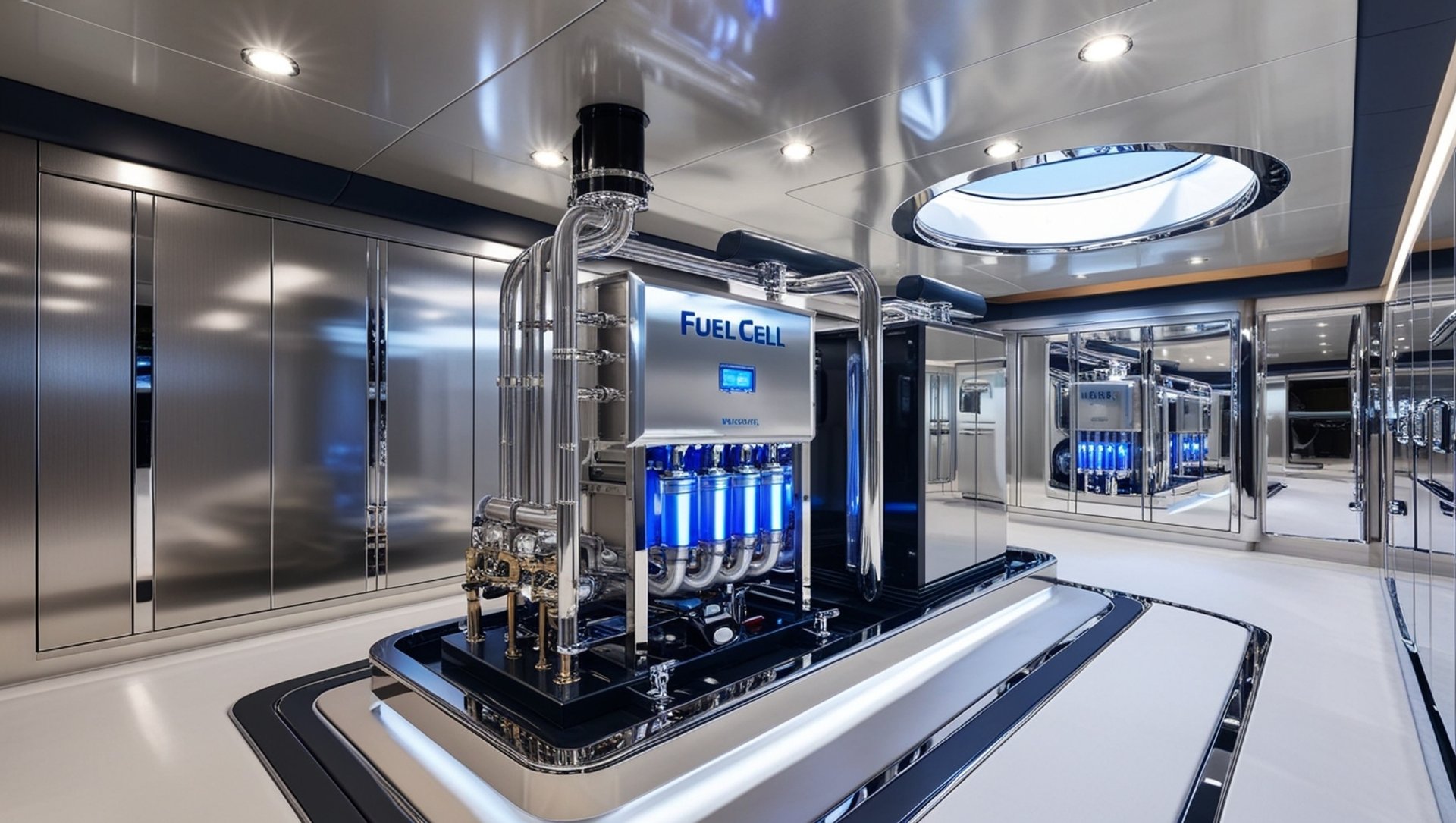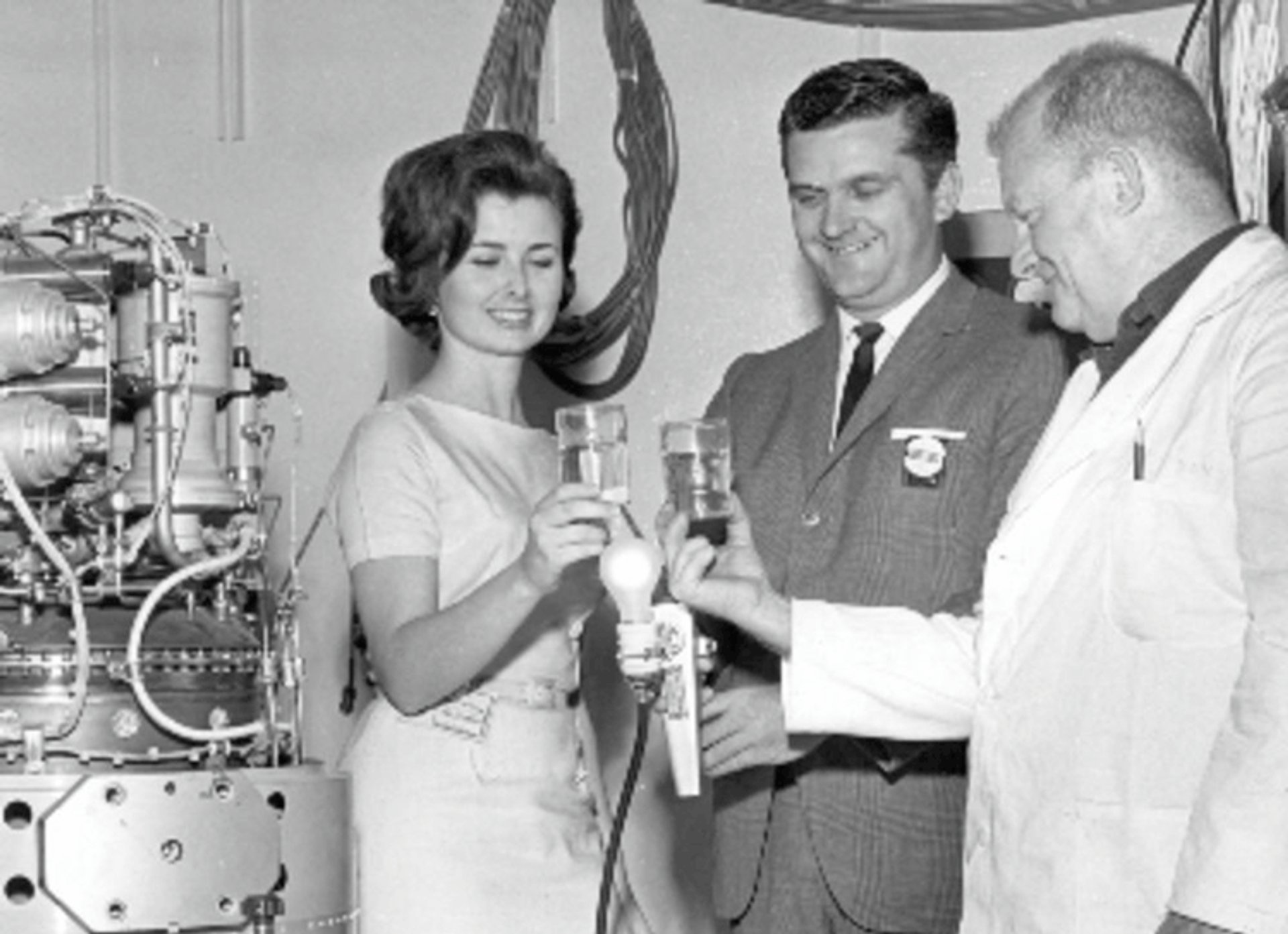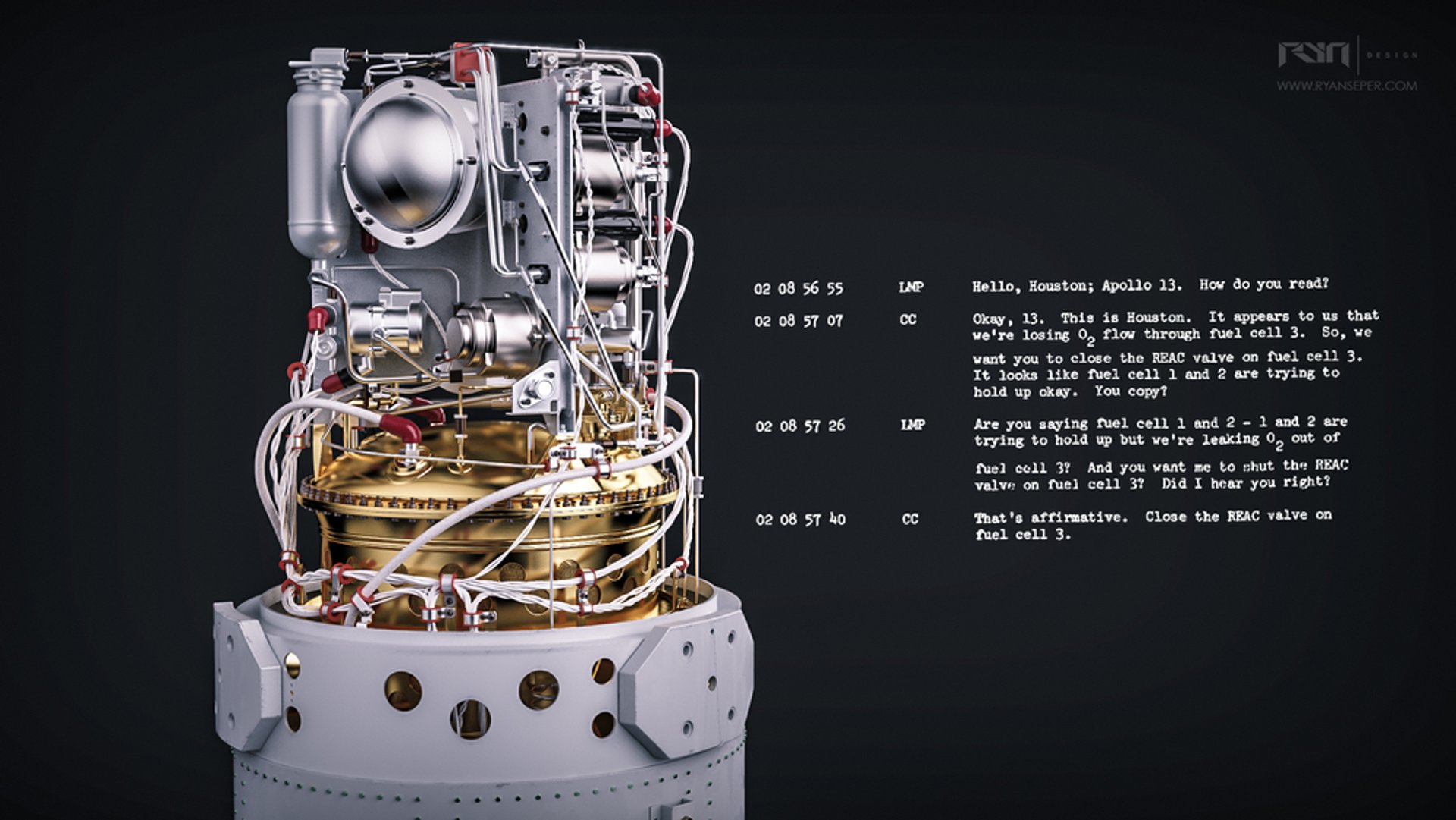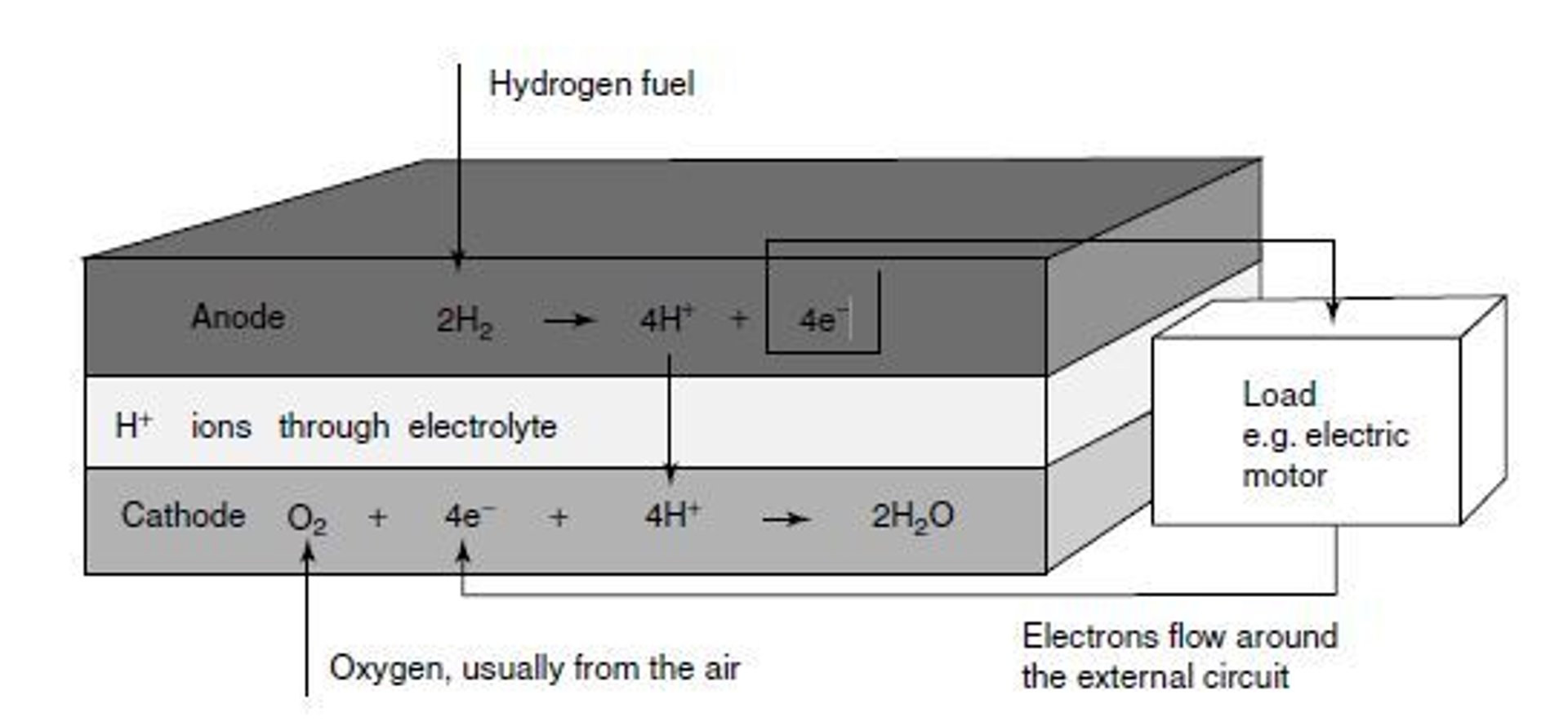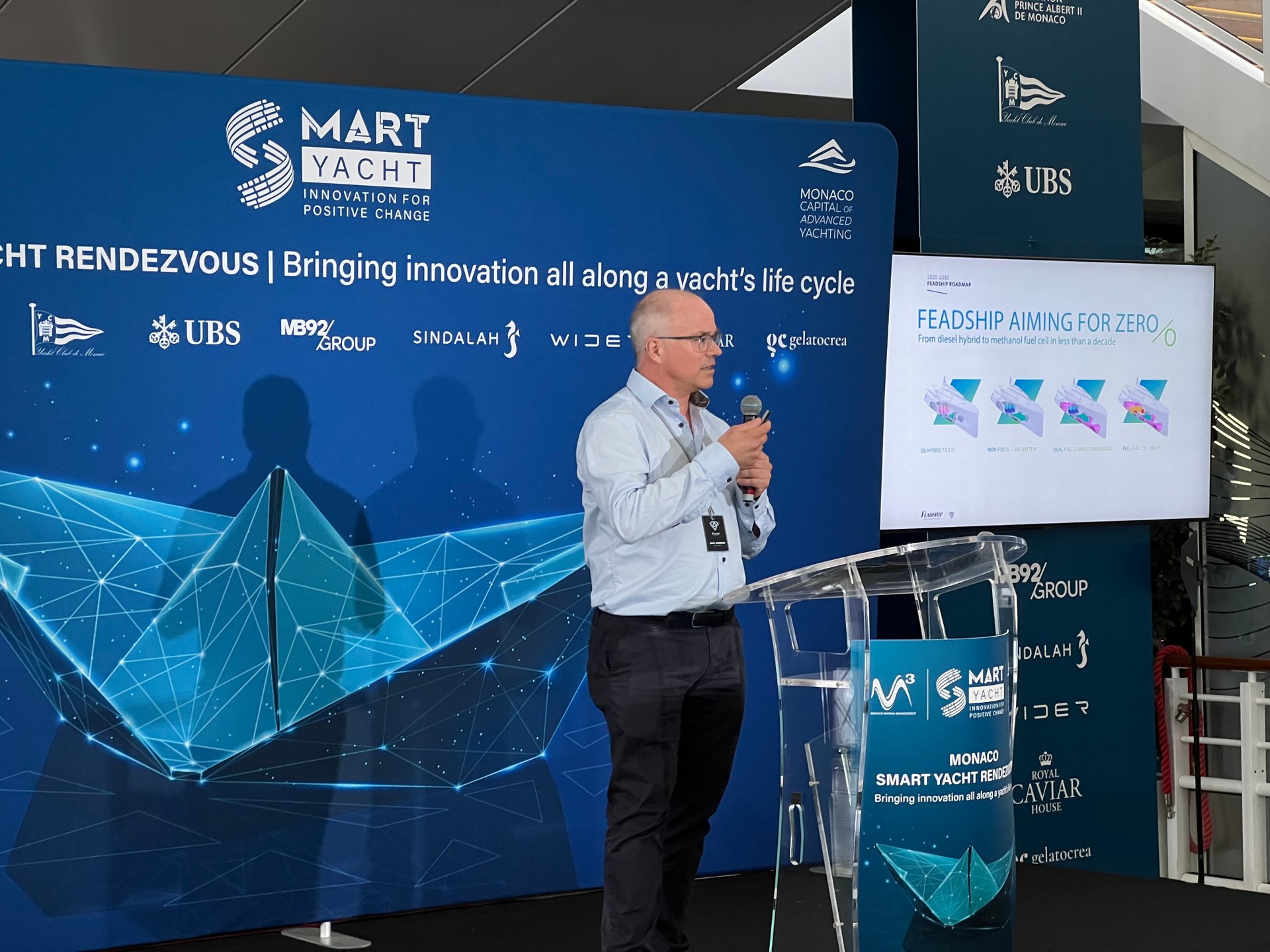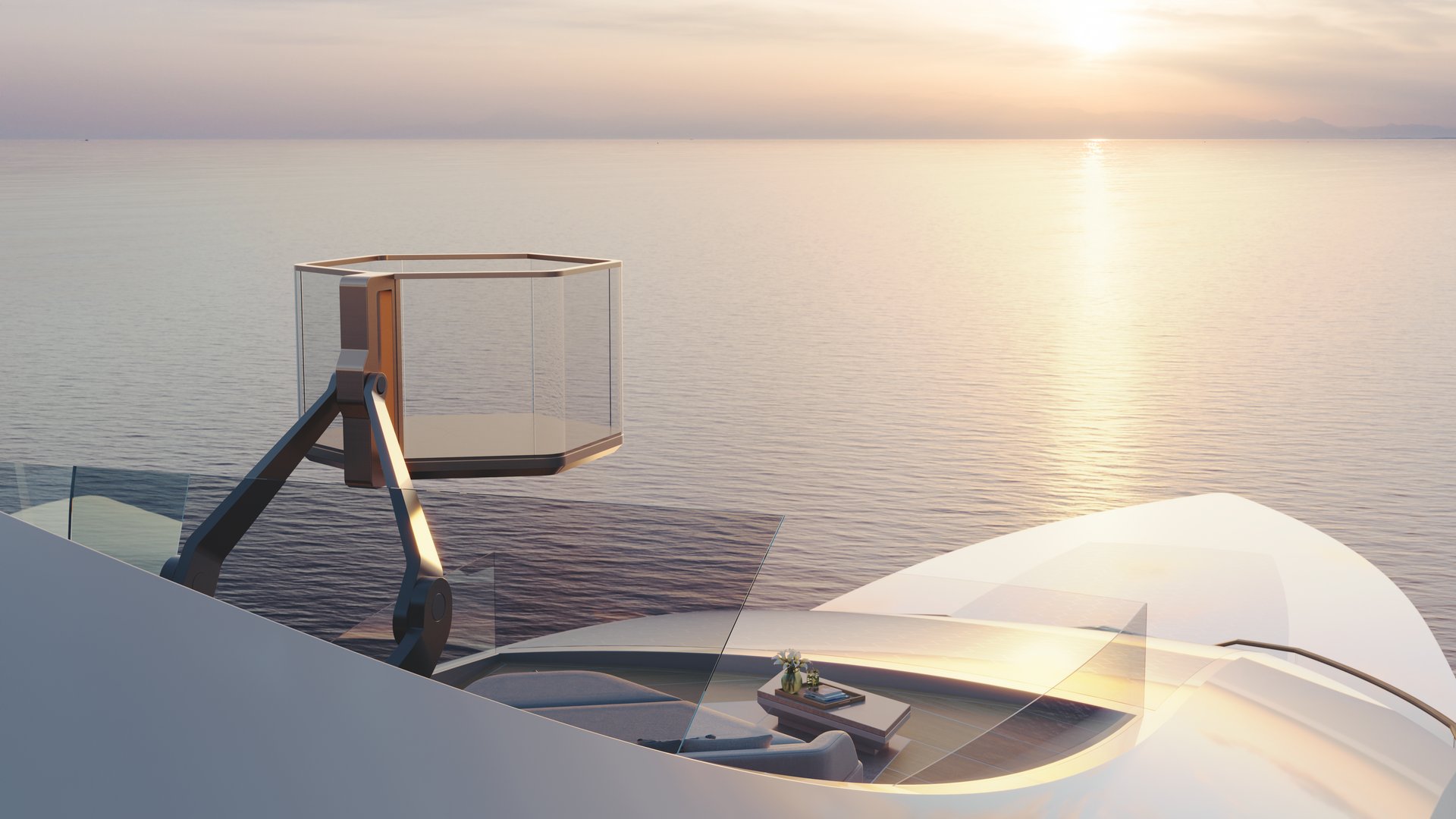Fuel cells are among the most promising technologies in the transition to more sustainable and efficient energy systems for ships and yachts. Berend van Veldhuizen, a new researcher in Feadship’s Knowledge & Innovation team, who conducted a 4-year PhD research on the integration of fuel cells in ships at the Delft University of Technology, shares his insights.
Feadship’s approach to marine power systems integrates fuel cells and flexible fuel strategies to reduce emissions and improve energy efficiency. Drawing on lessons from earlier projects, including the challenges of cryogenic hydrogen storage with Project 821 – the world’s first hydrogen fuel-cell superyacht – we focus on hybrid systems that combine diesel and methanol fuel storage with efficient systems to meet onboard energy demands, whether for propulsion, electricity, heating, or cooling. This shift aligns with Feadship’s goal of ensuring environmental sustainability with a practically feasible system.
The fuel cell era
At the core of Feadship’s energy strategy is the use of fuel cells, known for their high efficiency and low emissions. A high conversion efficiency results in lower fuel consumption and carbon emissions, but especially in terms of harmful air pollutants like soot and nitrogen oxides, the potential reduction is immense. The results from an extensive measurement campaign of a full-scale fuel cell system at the research institute DLR show that many of the emissions of pollutants are over 97% lower than with conventional engines[1], and in some cases even lower than ambient air! So, for our customers, this means squeaky clean air with the benefit of a quiet system.
There are different types of marine fuel cells, and several are relevant for yachts. High-temperature fuel cells, such as Solid oxide fuel cells (SOFCs), are the most efficient at converting energy, especially when making smart use of the heat they produce. However, their operational characteristics pose challenges: they are slow to adjust power and cannot be frequently started and stopped. Although you would install some battery capacity to support its dynamics, with the current state of technology, we envision using SOFC systems primarily for base load power – steady, continuous energy for the yachts' support systems. For sailing, low-temperature fuel cells like Proton-Exchange Membrane Fuel Cell (PEMFCs) can provide more fluctuating power while also being a relatively compact system. In the end, to also result in an affordable system, you would install some engine-based generators to reach the maximum speed that is specified. In the end, we arrive at a very hybridized system with low PEMFCs, SOFCs, engines, and batteries, where each advantage of the different systems can be exploited in the right operational conditions, being it a clean steady energy supply while at anchor, or a dynamic high-power supply for an exciting cruise operation.
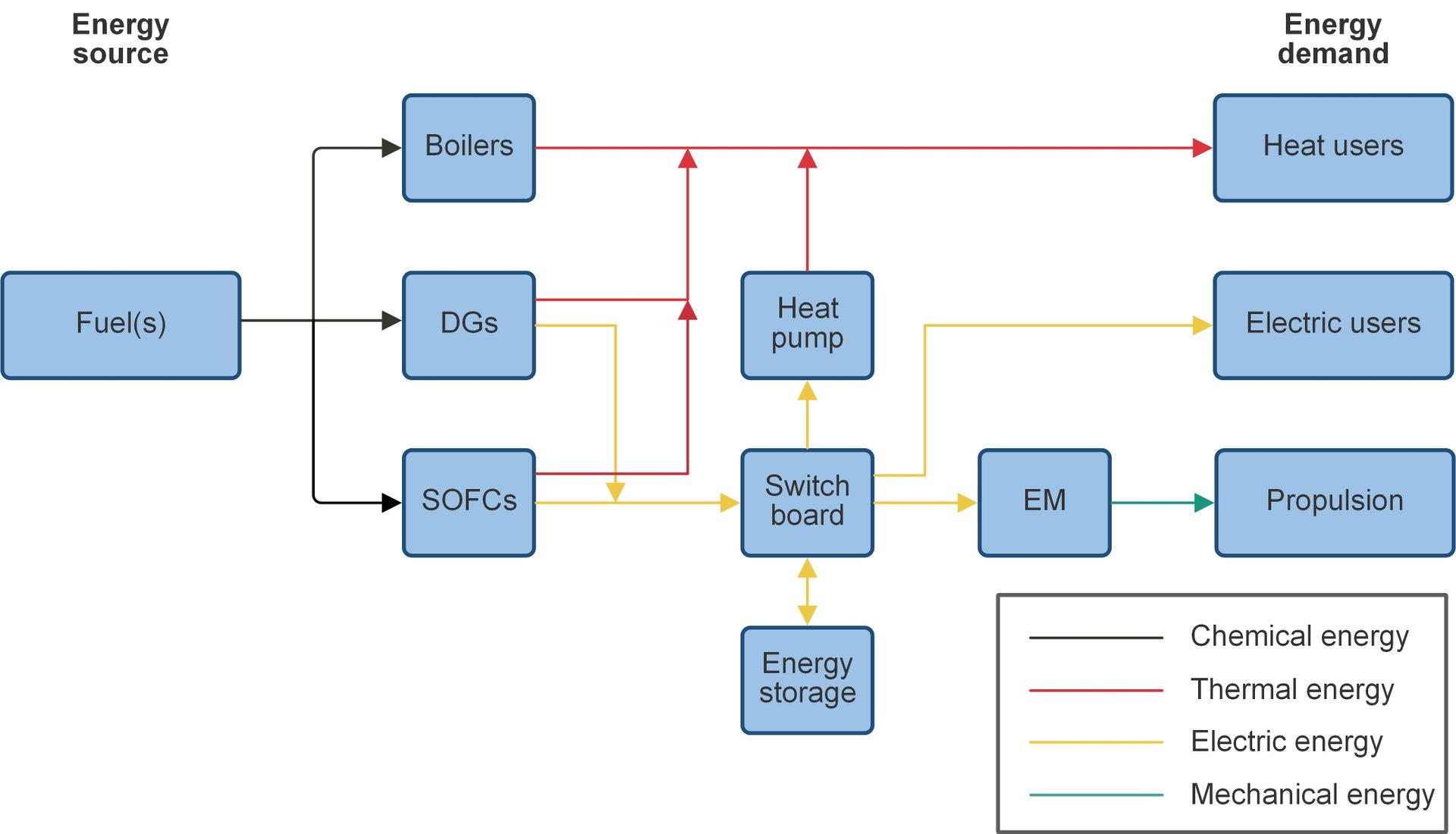

Fuel cells bring new integration opportunities
As a fuel cell system is fundamentally different than engine technology, we are also looking into other innovative integration opportunities. A first generation of fuel cells were, for instance, already used on the spaceship Apollo in 1960s to provide drinking water to the astronauts[2], as water is a byproduct from the water production. On a yacht, there is quite some water consumption for pools and deck wash, which we could supply by our fuel cells to reduce waste.
Another opportunity is introduced because of the modularity of fuel cells, we could install them in several places in the ship close to the power consumers instead of in a centralised engine room, which reduces the cable length and thus electric losses. However, before we put these wild ideas in the ship, we need to thoroughly and systematically evaluate how they impact the design of our yachts, which is exactly what we like to do at the Knowledge & Innovation department.


Data-driven design
Nevertheless, hybridisation of power sources does add complexity to the energy system. Moreover, we aim to make effective use of the electricity and heat produced, for example, by storing energy for later use or converting heat to cooling in absorption chillers. To ensure that the energy system actually provides a significant improvement over traditional power systems, we need effective design methods and simulation tools. As the energy architecture becomes more intricate, proper system evaluation and integration become crucial.
To unlock the full potential of these energy systems, we need more than clever engineering – we need a deep understanding of vessel operations. That’s why we’re building detailed energy, heat, and cooling demand profiles that go beyond static design scenarios. By collecting and analysing data from sailing ships we get good insight in the variation of energy demand over the day. The real advantage comes once fuel cell systems are installed: we can verify performance in real-time. This feedback loop not only validates our engineering assumptions but continually improves system efficiency and reliability over time.
Looking forward
While much work remains, ongoing research is laying the foundation for vessels with enhanced energy efficiency and reduced environmental impact. The next decade will see significant advancements in alternative fuels and the use of those in fuel cells – where we hope that our own innovations at Feadship will play a pivotal role in shaping the future of marine power systems.
